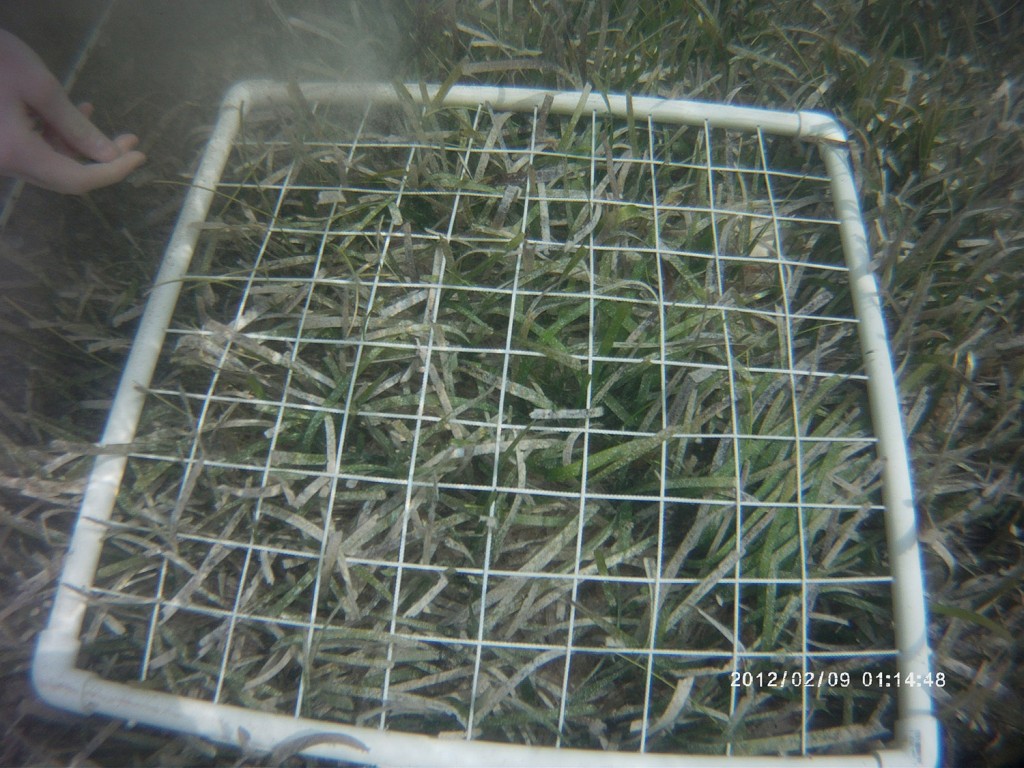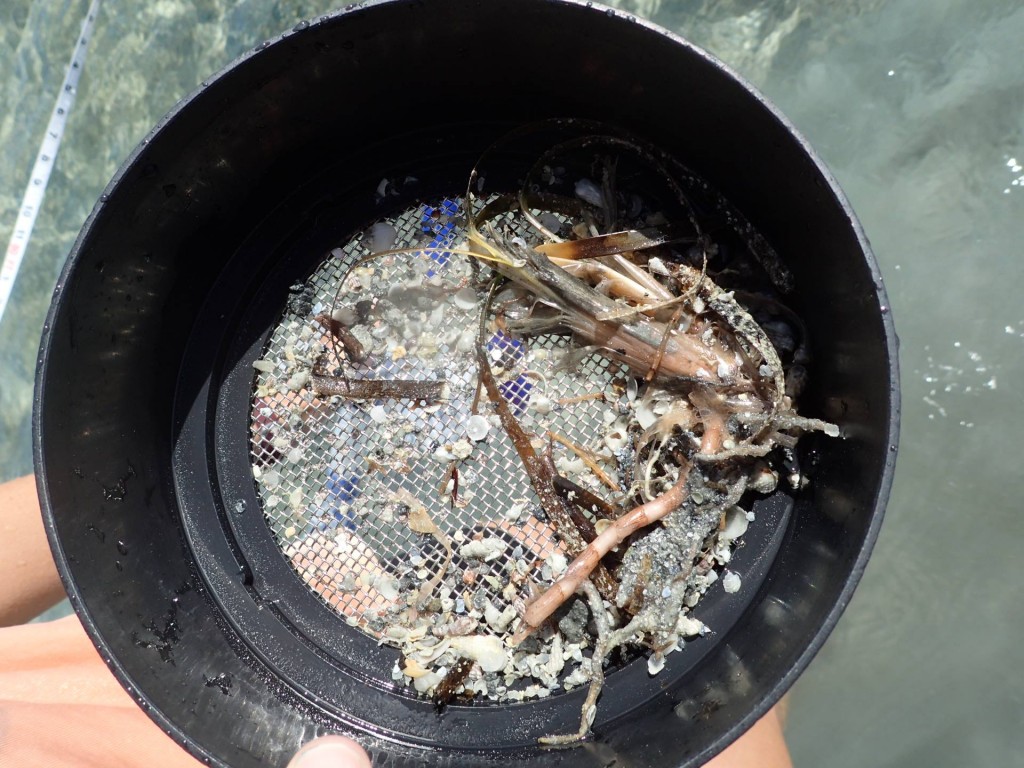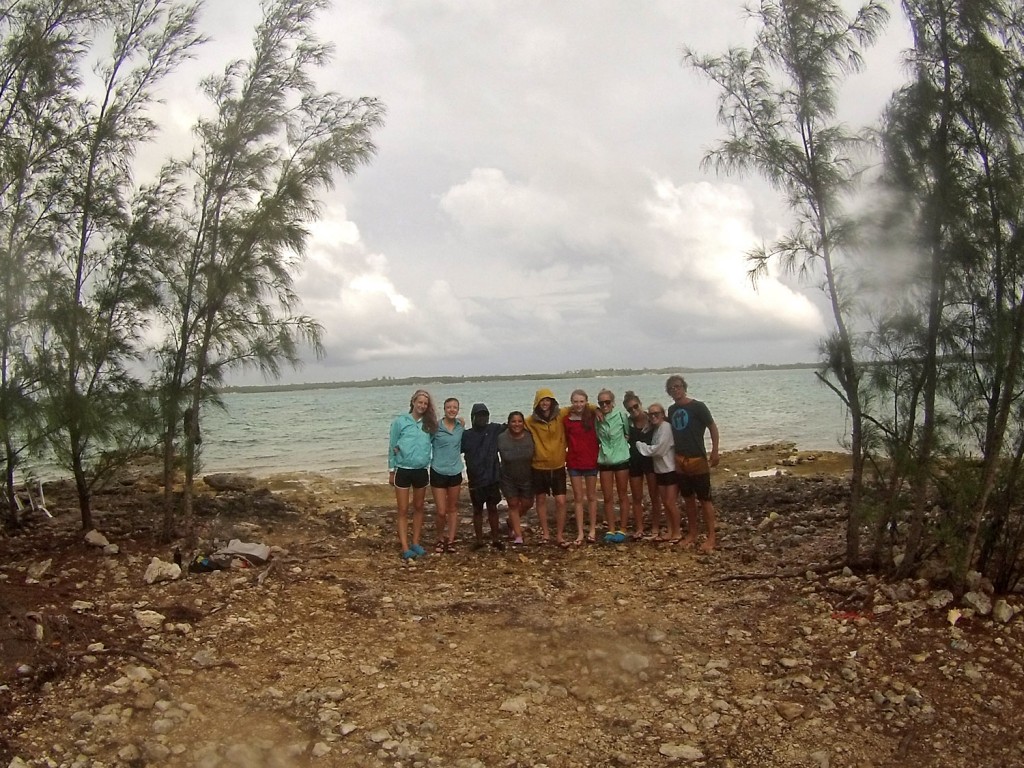This semester, the Sea Turtle Research and Conservation team has been collecting seagrass samples from various study sites around South Eleuthera where green sea turtles have been sighted since the start of the program in 2012. The new study will assess the productivity, composition and distribution of seagrass and compare this to the relative abundance of the local green turtle (Chelonia mydas) population on each site.

Seagrass communities are one of the most productive and dynamic ecosystems globally. They provide habitats and nursery grounds, and act as substrate stabilizers. Also, seagrass meadows are a major food source for a number of grazing animals and are considered very productive pastures of the sea. For example, an adult green turtle can eat about two kilograms of seagrass a day, which helps to maintain a healthy environment, increasing the productivity and nutrient content of seagrass.
Monitoring seagrass resources is important for two reasons: it provides a valuable tool for improving management practices and it allows us to know the status and condition of these ecosystems.

It is known that the die-off or decline of seagrass has a direct effect on green turtle populations. We know that seagrass meadows are exploited year-round mainly by juvenile and sub-adult green turtles and their distribution may be related to the dynamics of the seagrass beds. For example, in Florida Bay and the Gulf of Mexico the loss of seagrass cover during the 1980’s was linked to the ecological extinction of green turtles. The decrease on the cover and density of seagrass and green turtle population worldwide might be in some level due to natural causes (diseases, storms, etc), but the major threat facing both seagrass and sea turtles are human interactions (pollution, habitat degradation, direct or indirect take, among others).
The team and the Island School research class have been collecting seagrass samples, then counting and weighing seagrass shoots and leaves to assess the biomass (above and below ground) and density of the different species of seagrass found in those study sites. The results of this research will be presented by students of The Island School at the end of May Island School Research Symposium.

This event is an opportunity to learn more about the ongoing research carried out at the Cape Eleuthera Institute so please contact Candice Brittain if you are interested in attending (candicebrittain@islandschool.org).
Follow our sea turtle research here.